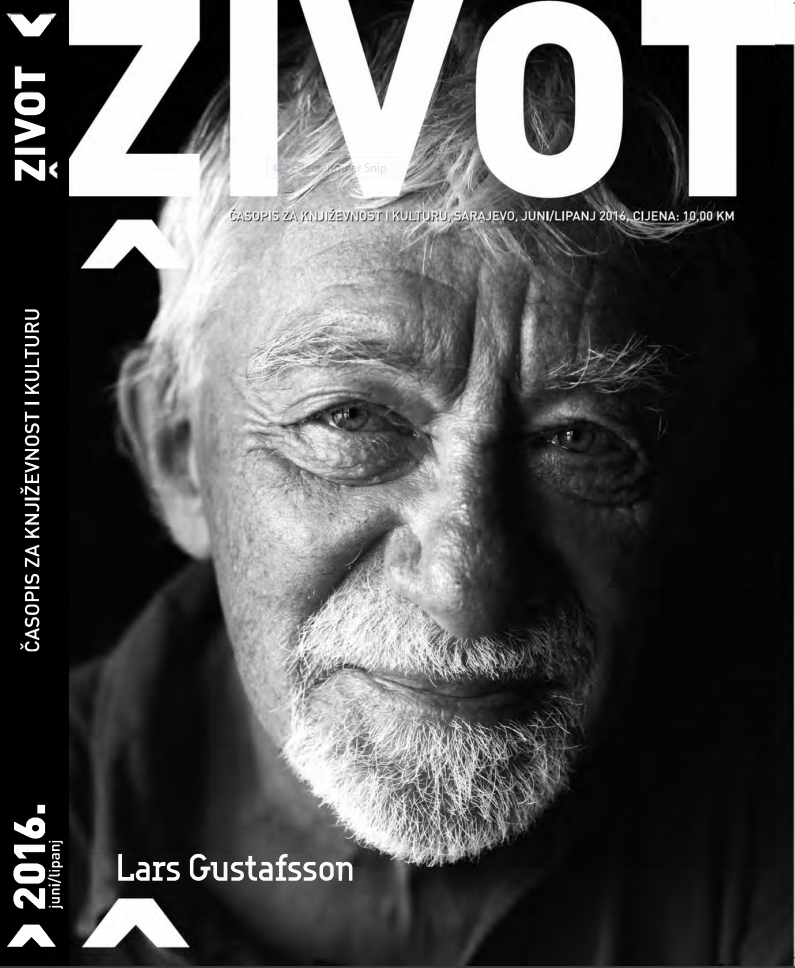We kindly inform you that, as long as the subject affiliation of our 300.000+ articles is in progress, you might get unsufficient or no results on your third level or second level search. In this case, please broaden your search criteria.
The play Hasanaginica by Ljubomir Simović transposes the basic constitutive elements of the folk ballad, placing them in a new framework with discursive practices that are determined by the tradition to which they are associated, as well as according to their own modernity, which is attempted by re-writing tradition. The most discussed methods are present in the language of the drama action. The holders of dramatic events thus gain different positions in invoking, or destroying the mythical structure, which is a pretext of drama. In this paper, the specificity of the authorial approach to the parent text is analyzed by breaking up the elementary language elements from which the basic text is removed. Particular attention is paid to the synchronized use of various functional styles, which in the drama acquires a narrower and wider meaning - both in terms of terms and content.
More...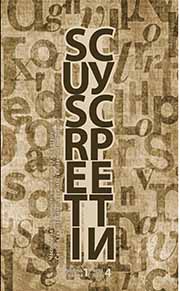
Fragment from the drama MUTTER COURAGE UND IHRE KINDER - by Bertolt Brecht
More...
Svetska premijera predstave drame „Bez srca” izvedena je u produkciji „Signature Theatre”, u Njujorku, 27. avgusta 2012. godine, na sceni Ajrin Dajmond (Irene Diamond Stage). – Džejms Hogton, osnivač i umetnički direktor; Erika Malin, izvršni direktor; Bet Vitaker, izvršni direktor saradnik. Režirao je Daniel Oukin; scenograf je bio Judžin Li; kostimograf Kei Vojs; dizajner svetla Tajler Mikolau; dizajn zvuka Erik Šimelonis; producent Donald Frajd.
More...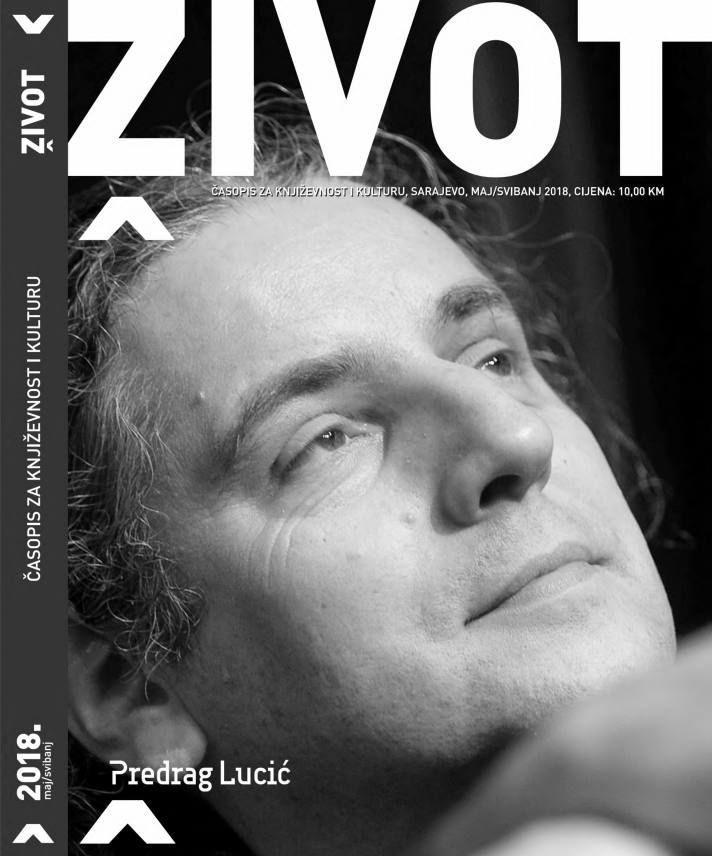
Scena predstavlja krov kuće na četiri vode, na prednjem dijelu krova je manji dimnjak i badža kroz koju se ulazi na tavan, na zadnjem dijelu veći dimnjak. Svuda okolo je voda - stvarna, imitirana ili ona koja se podrazumijeva. Na krovu su Domaćin, Trudnica, Muž iŽena, Prvi mladić, Drugi mladić i Poslovni čovjek. Vidi se da ih je tu okupila nevolja, da većinom nemaju ništa s onim drugima. Domaćin nešto majstoriše, Trudnica sjedi do njega i pažljivo gleda šta on radi, Muž i Žena su čvrsto zagrljeni i zagledani u daljinu, dva mladića s dosadom i nervozom posmatraju sivo prostranstvo oko sebe, Poslovni čovjek premeće po tašni, izvadi mobilni telefon, poziva nekog, čeka ali nema odgovora, Ijutito baci telefon u tašnu, pogledanasat, ponaša se kao da ga negdje čekaju, a on tamo ne može stići na vrijeme. Muk i praznina, samo se iz daljine čuju zlokobni krici nekih ptičurina. Bljesne munja pa se u daljini začuje grmljavina.
More...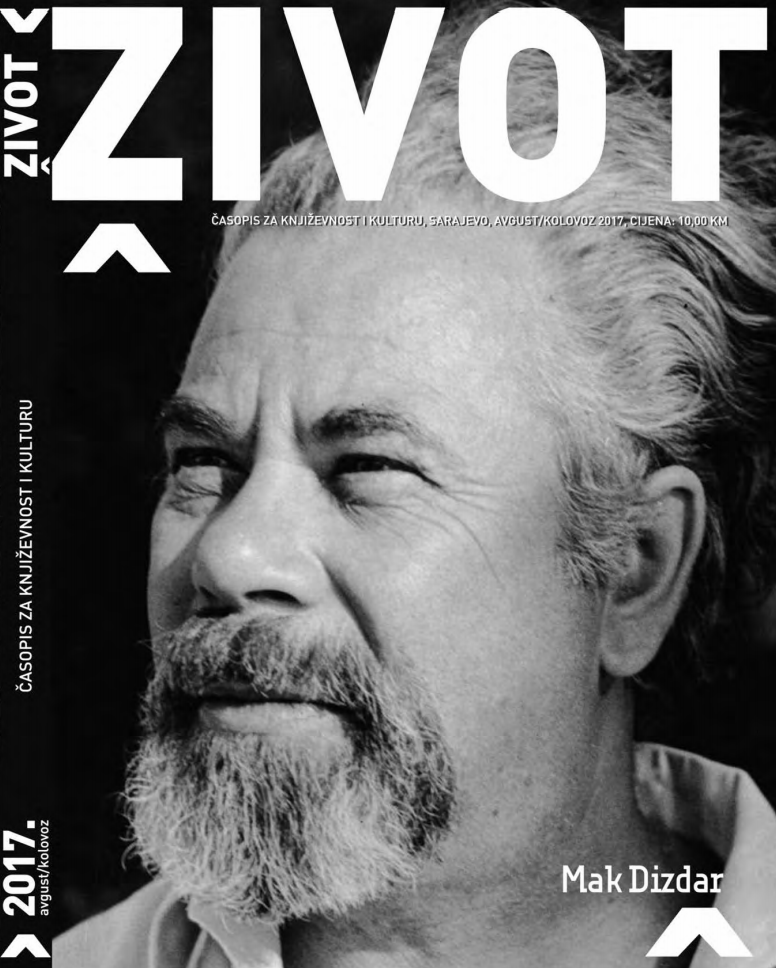
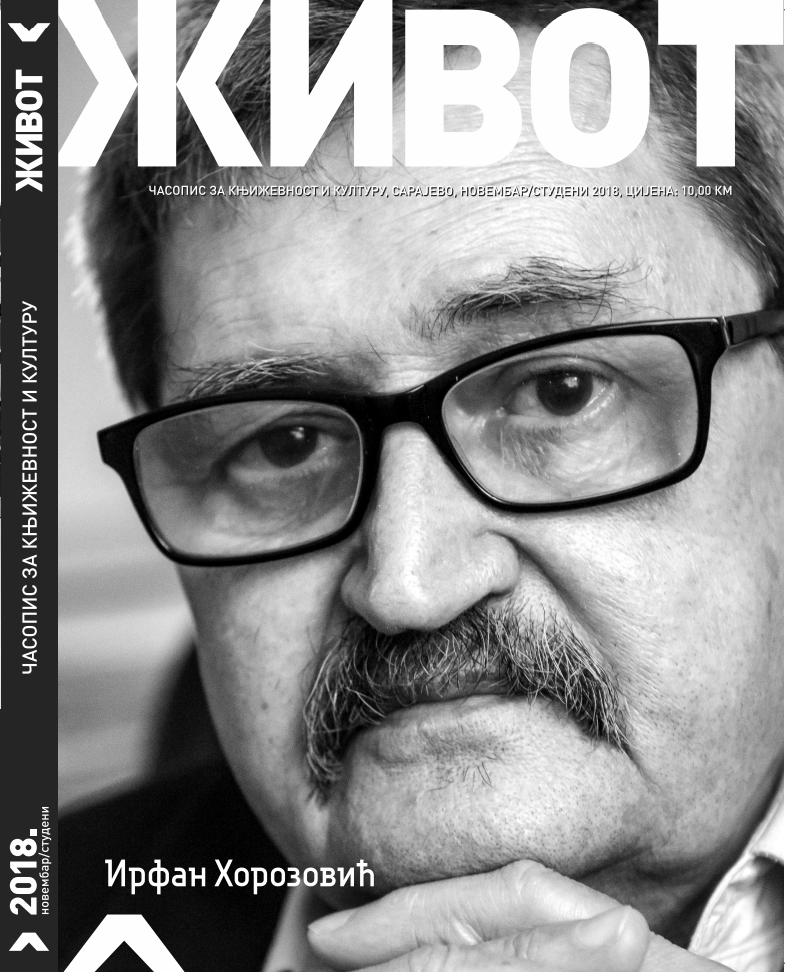
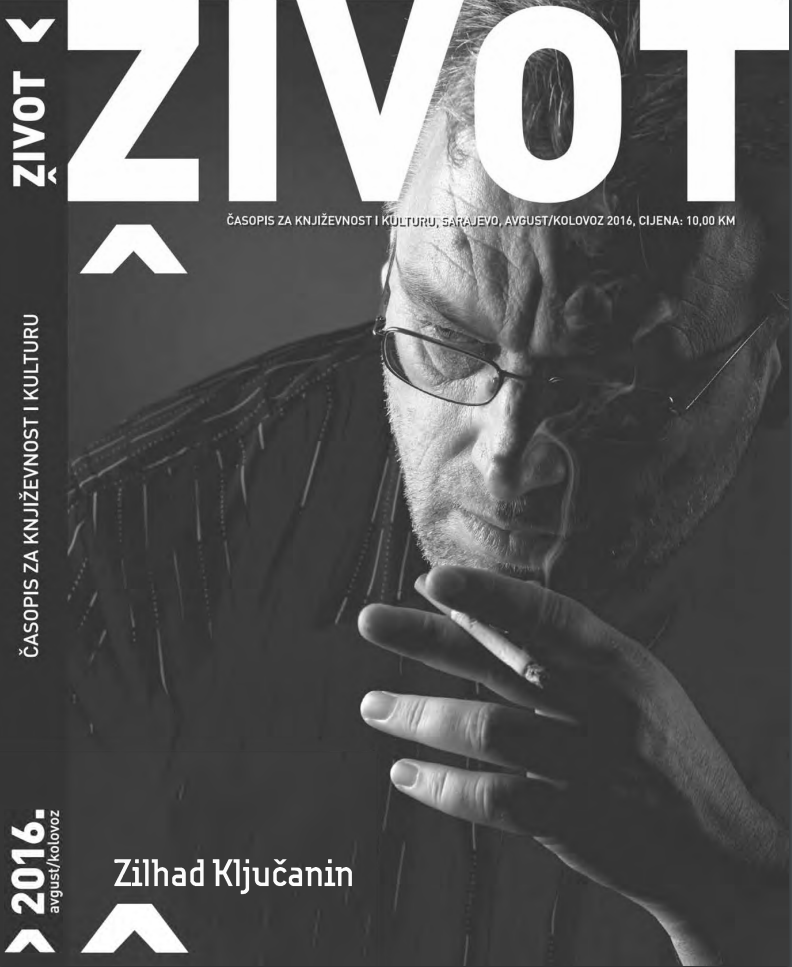
Nekoliko hiljada godina poslije, u jednom travničkom kafiću. Ponoć je, kraj radnog vremena. Uključujemo se u razgovor u po frke.
More...